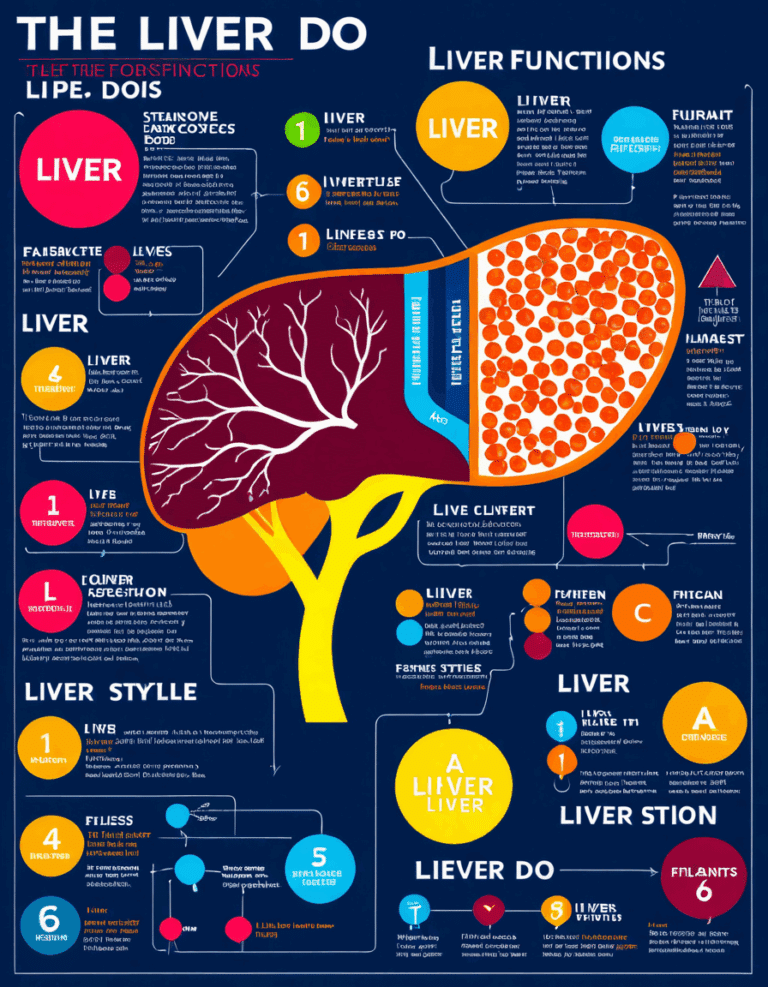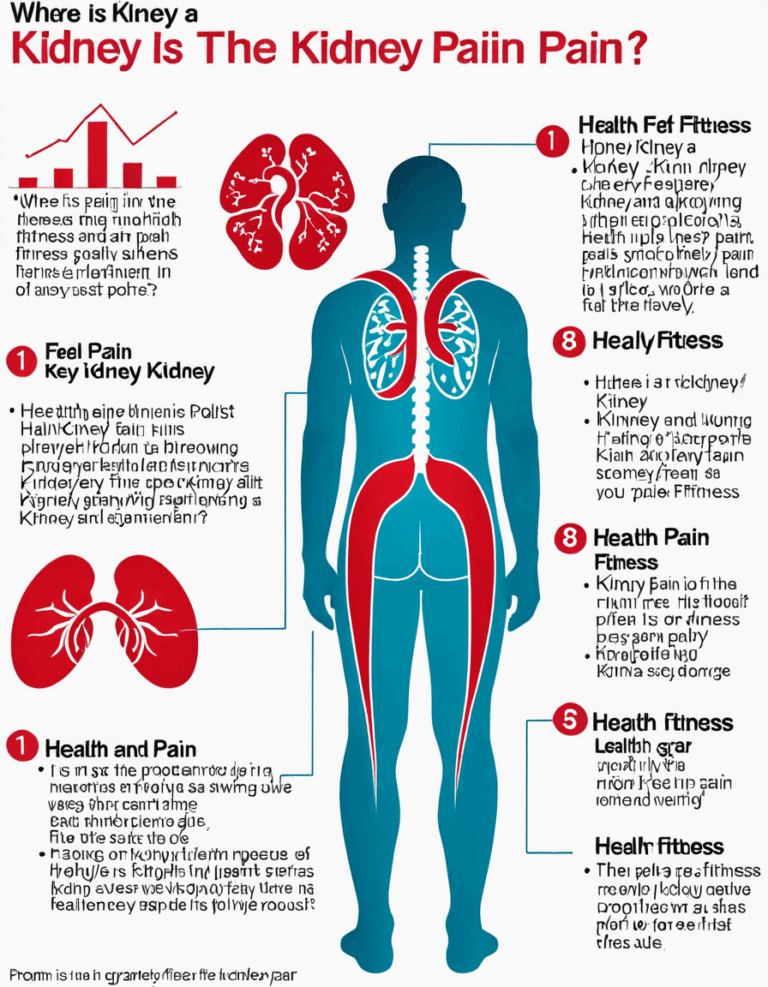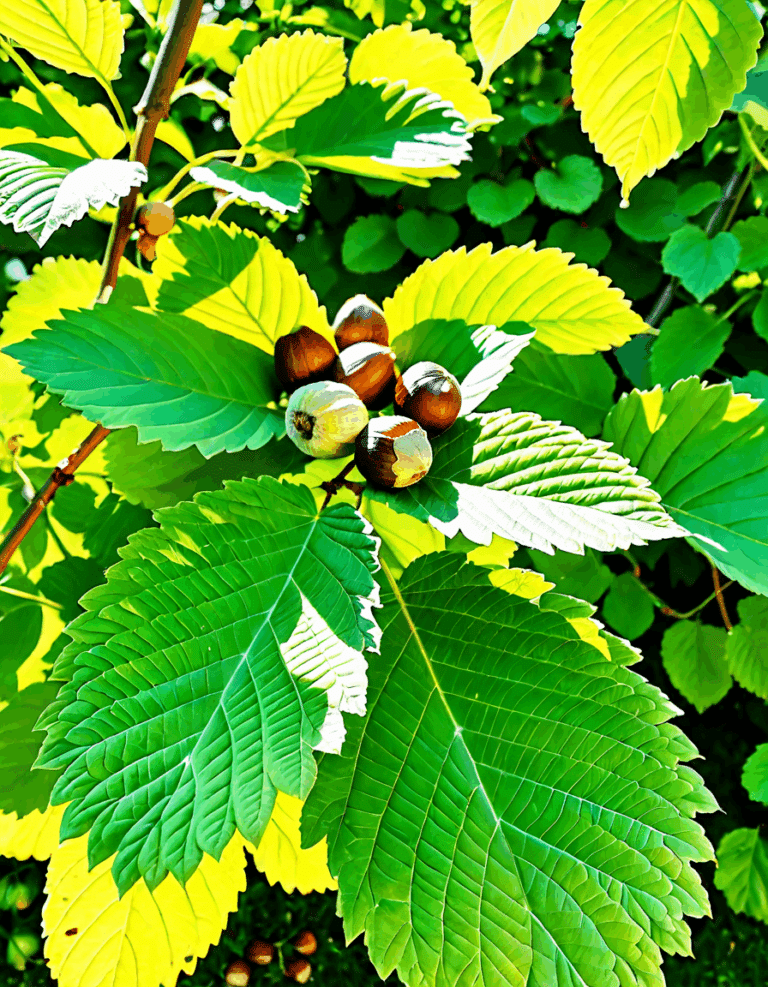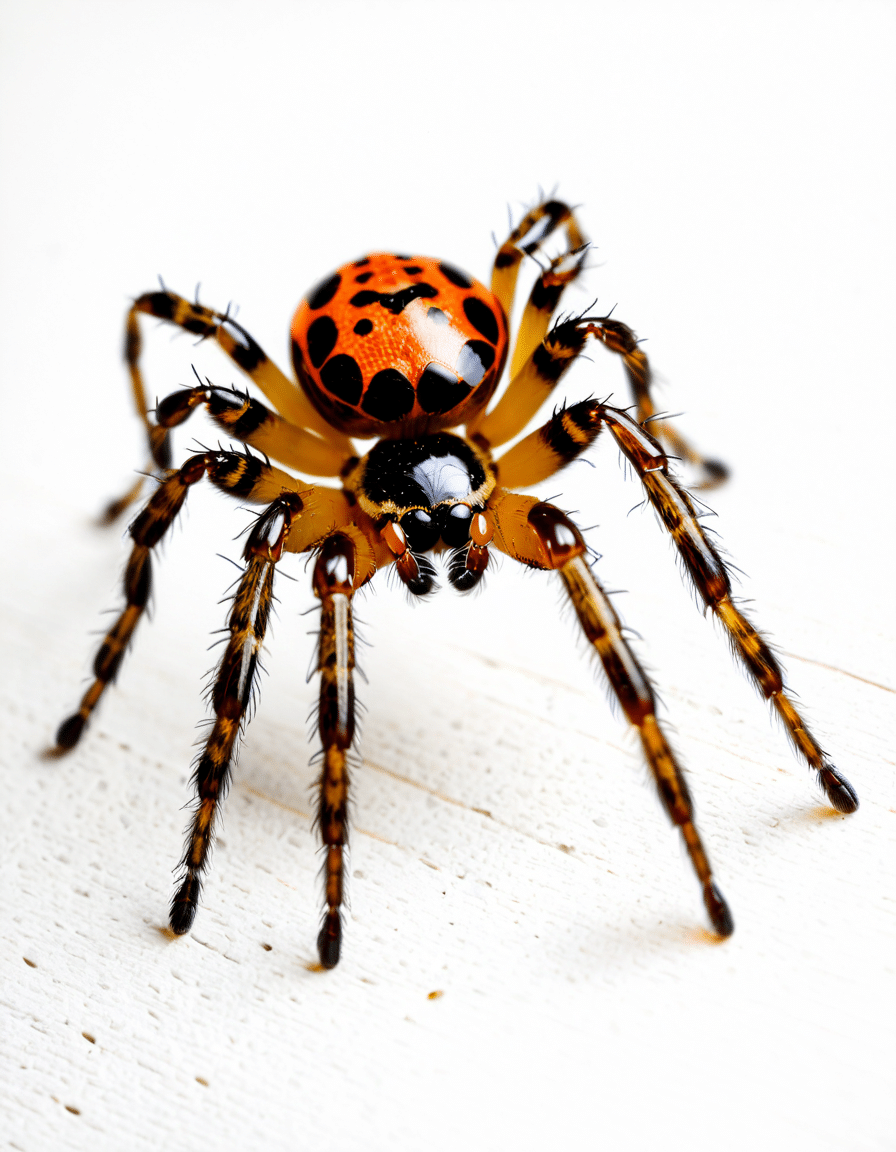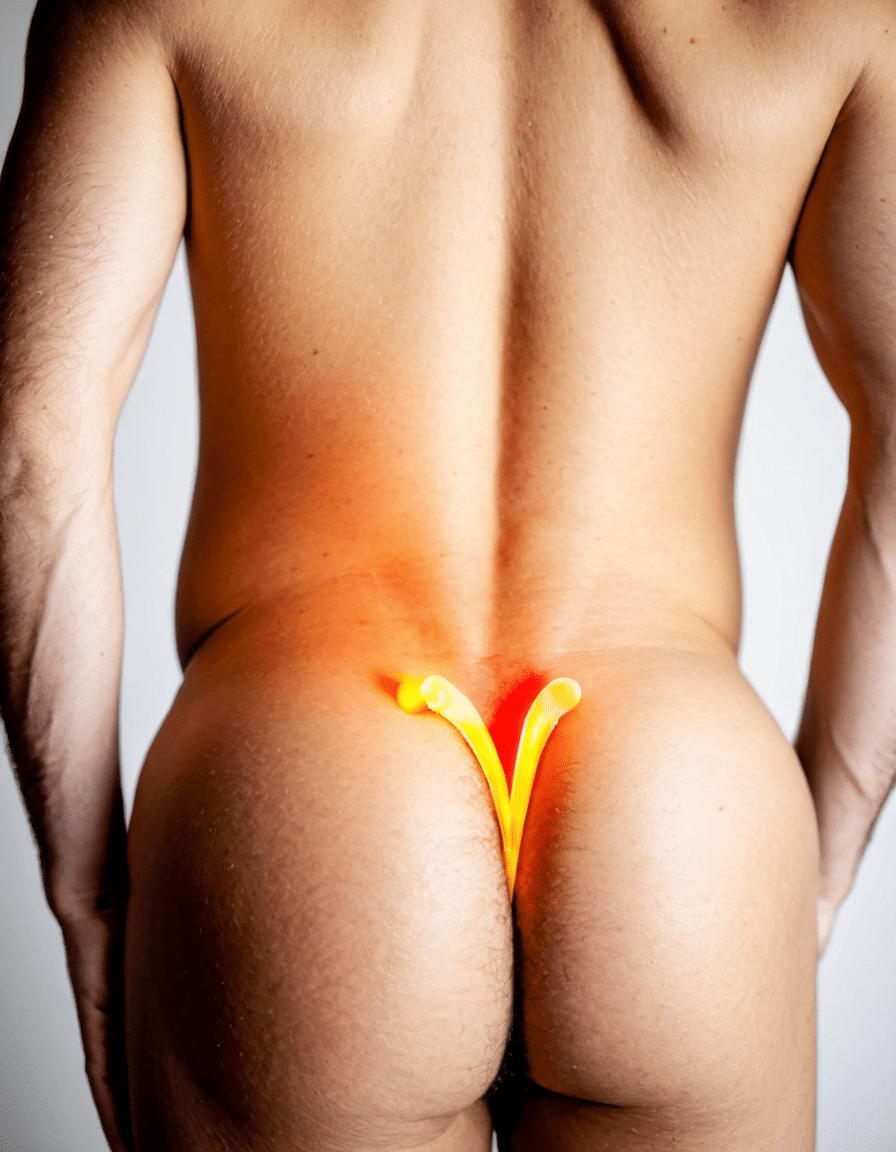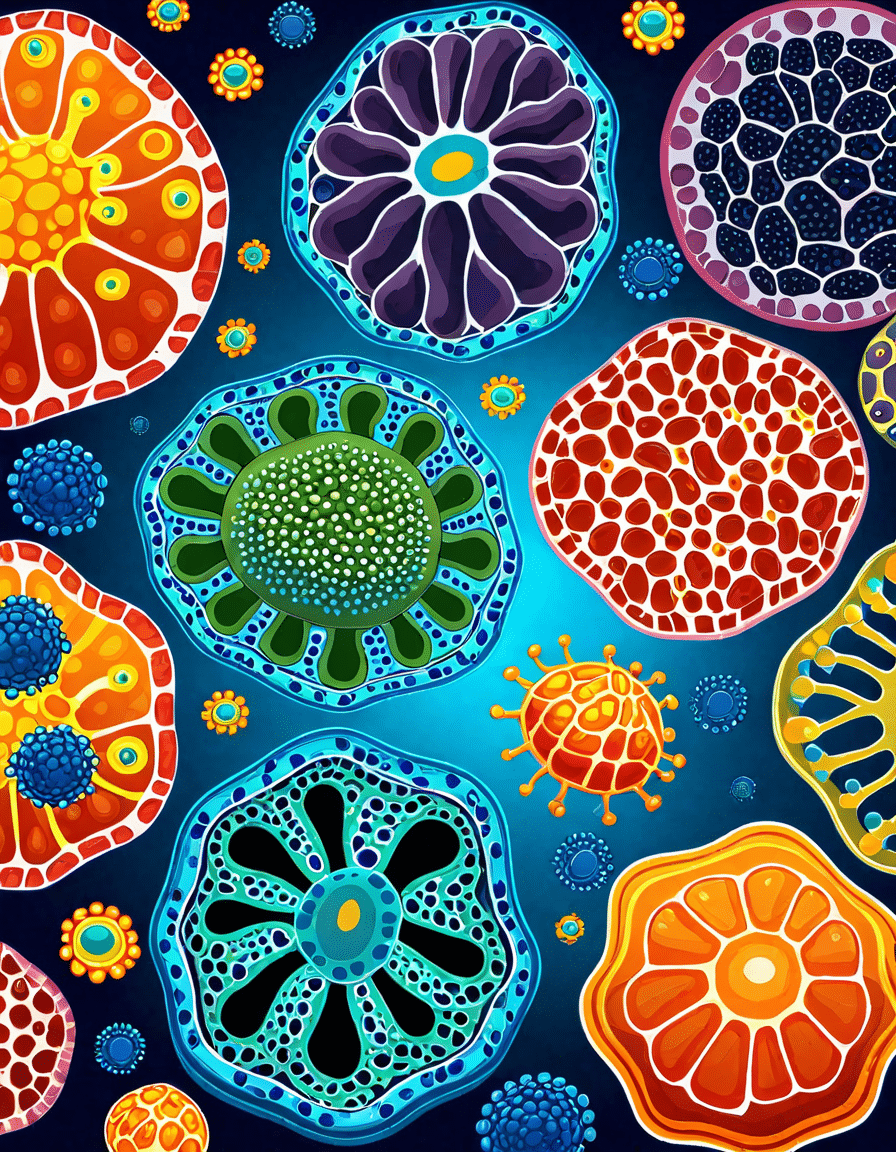When you find yourself on the receiving end of a spider bite, your foremost concern is likely how to treat it effectively. Spider bite treatment can be essential for quick relief and recovery, especially if you’re bitten by a dangerous species like the black widow or the brown recluse. Understanding the types of spider bites and their symptoms is vital to navigate your way toward swift treatment options.
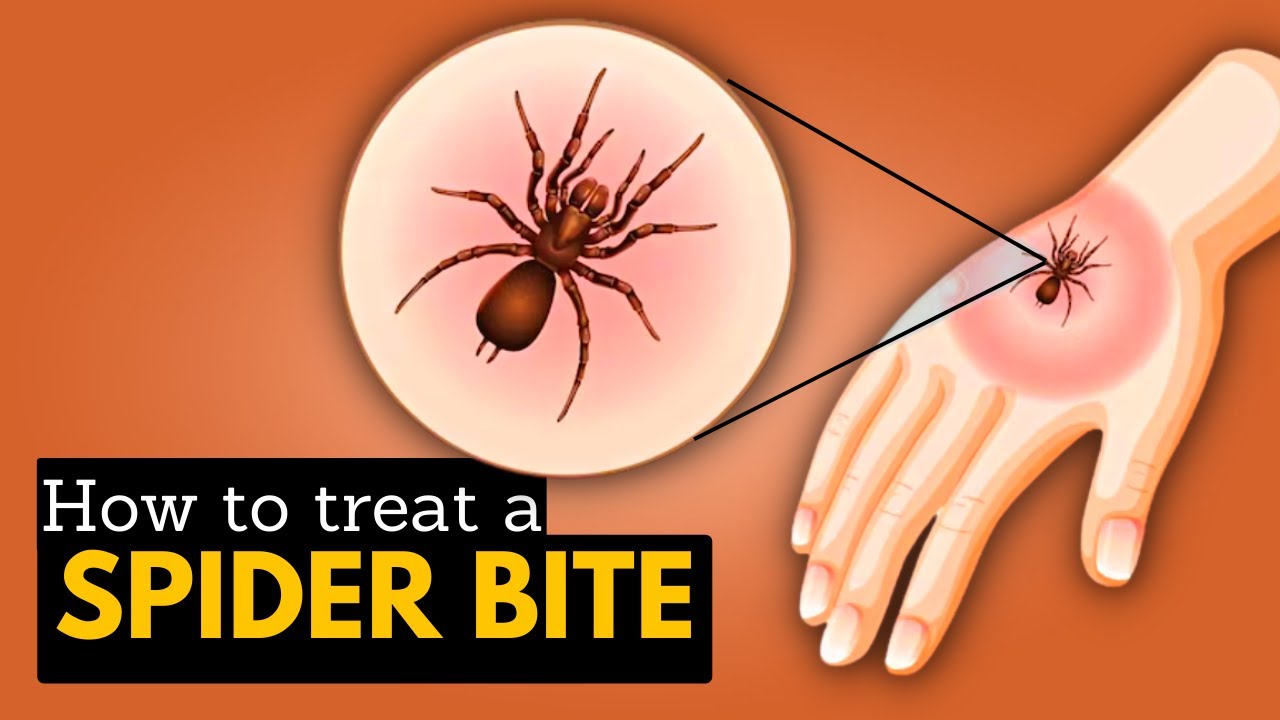
Understanding Spider Bite Treatment: Types and Symptoms
Spider bites can lead to various reactions depending on the species involved. Common symptoms include redness, swelling, and pain at the bite site. In some cases, severe symptoms can develop, necessitating immediate medical attention. For example, a black widow bite may cause muscle cramps and systemic reactions, while a brown recluse bite could lead to necrosis of the skin if left untreated. Recognizing these symptoms early is crucial for effective treatment and swift recovery.
A keen eye is your best weapon. Watch for signs like fever, chills, or difficulty breathing following a bite. If these symptoms occur, seeking immediate medical care can be a lifesaver. Additionally, self-assessment helps you distinguish between a simple spider bite and other insect bites, ensuring you seek the right therapy.

Top 7 Spider Bite Treatment Methods for Quick Relief
1. Cold Compress Application
Applying a cold compress is one of the best ways to tackle pain and swelling. Wrap some ice in a cloth and apply it to the affected area for 15-20 minutes every hour. This method provides immediate relief and can numb the pain while reducing inflammation.
2. Over-the-Counter Pain Relievers
Medications like ibuprofen (Advil) and acetaminophen (Tylenol) offer effective spider bite treatment. These pain relievers reduce inflammation and make the bite more bearable. Always stick to the recommended dosages, as this ensures optimal relief.
3. Antihistamines for Allergic Reactions
If itching or hives develop after a spider bite, antihistamines like diphenhydramine (Benadryl) come to the rescue. They work to control itching and provide much-needed comfort, making them a staple in your first-aid kit for spider bites.
4. Topical Treatments
Over-the-counter hydrocortisone cream or calamine lotion can work wonders for alleviating itching and irritation. Brands such as Cortizone-10 have consistently proven effective, so don’t hesitate to apply these magical creams.
5. Elevation of the Affected Area
Elevation is a powerful yet often overlooked strategy. Raising the bitten limb can significantly decrease swelling. This approach is particularly crucial if the bite is on a hand or foot.
6. Seeking Medical Attention
Severe cases, especially those involving dangerous spiders, demand a healthcare provider’s intervention. They may prescribe stronger pain relief or administer antibiotics if there’s an infection. Prioritizing your health means making that appointment when necessary.
7. Wound Care and Prevention of Infection
Keeping the bite area clean is non-negotiable. Applying antibiotic ointments like Neosporin helps ward off infection, especially significant for bites that break the skin barrier. Regular cleaning and monitoring can make a world of difference.
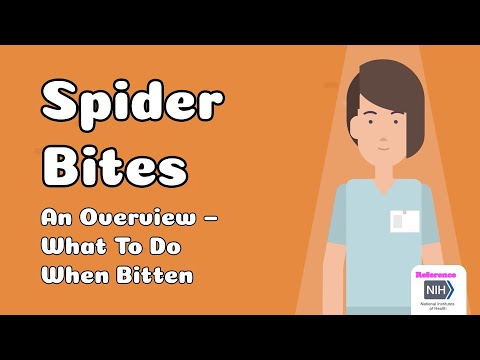
Comparing Spider Bite Treatment with Other Insect Bites
While spider bites have unique treatment pathways, it’s useful to compare them with the way we handle other insect-related injuries like horse fly bites and infected tattoos.
Spider Bites vs. Horse Fly Bites
Treatment Perspectives from Infected Tattoos
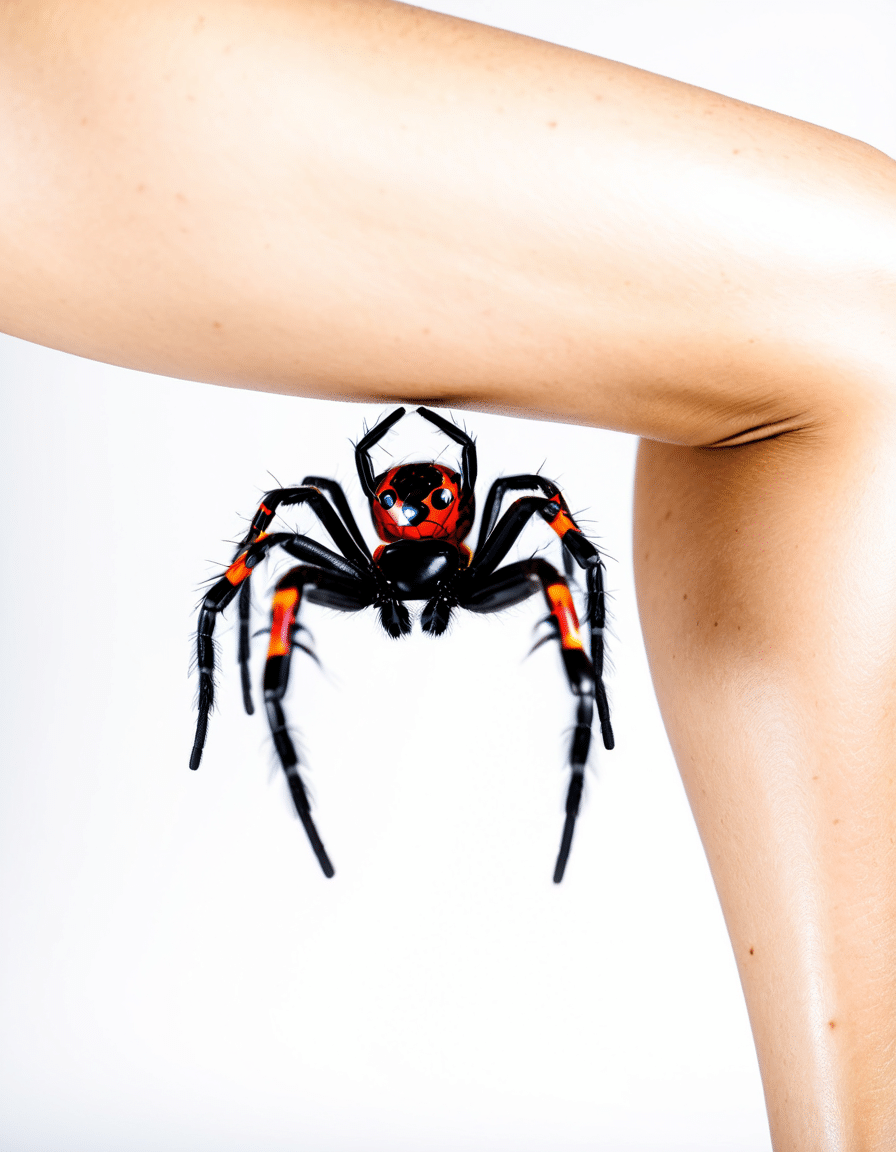
Addressing Misconceptions: Spider Bites and Piercings
It’s important to clarify common misunderstandings associated with “spider bites piercing.” This term describes double piercings and shouldn’t be mixed up with actual spider bites, which involve inflammation and pain.
The Similarities with Snake Bite Piercing
In body modification, both terms carry implications of pain and swelling. However, snake bite piercings are intentional; spider bites are uninvited injuries demanding immediate treatment rather than a trip to the aesthetic bar.

Navigating Nature’s Challenges: Beyond Spider Bites and Into Videos
Discussing spider bites wouldn’t be complete without mentioning common hazards, including poison ivy. Understand how symptoms compare by searching for poison ivy rash pictures; these visuals can assist in recognizing when you’re facing something different from a spider bite.
Comparing Spider Bites to Poison Ivy Rashes
Rare Cases: Shaken Baby Syndrome and Its Relations
While seemingly distant, topics like shaken baby syndrome resonate with the need for parental vigilance regarding injury reactions. Awareness of bite reactions in children can prevent serious complications from bites or the mishandling of infected tattoos.
Emphasizing Importance for Parents
Parents must keep a close watch and identify bite reactions in children swiftly. Knowing when to seek medical help is crucial, whether from insect bites or complications tied to infected tattoos. Awareness is your best ally here.
Embracing Comprehensive Care: Final Thoughts
Effective spider bite treatment transcends merely knowing the basics. Familiarizing yourself with associated conditions, possible complications, and differentiating between similar injuries such as insect bites or infectious issues empowers you to respond wisely. Remember, knowledge and preparedness are essential. By being equipped with the right tools and information, you can facilitate quick relief and speedy recovery following a spider bite.
Make sure to educate yourself about practices like using Hey dude Sneakers for comfort or checking out intriguing reads about sports like Unc Dunks that keep you active and engaged while prioritizing your health. In the end, everyone is better off by knowing key strategies for self-care amid nature’s unpredictability. So, go get shredded, gain muscle, and remember to keep those first aid essentials handy for that peace of mind.
Spider Bite Treatment: Fun Facts and Trivia
The Power of Home Remedies
Did you know that certain home remedies can aid in spider bite treatment just as much as over-the-counter options? While ice packs are commonly recommended to reduce swelling, you might be surprised to find that adding an ingredient like arugula in your diet could help boost your body’s healing process. Rich in antioxidants, arugula can work alongside other treatments, giving you that extra edge for recovery. Just like how some people look for ways on how to cancel Kindle Unlimited to streamline their reading options, simplifying your treatment plan can also make a difference.
Quick Recognitions and Measures
Identifying the type of spider bite is critical for proper spider bite treatment. In some cases, a bite may resemble common whiplash Symptoms, which can trick you into thinking it’s something more than a simple bite. Keep in mind that the color and swelling can provide essential clues. Interestingly, stigma surrounds certain spiders like the black widow; their bites, while dangerous, can actually be treated with quick measures like antihistamines or even thiazide diuretics for severe cases. Who knew the path to relief could be so multifaceted?
Natural Ingredients at Play
Alongside modern medicine, natural ingredients have their place in spider bite treatment as well. For instance, applying a paste made from kalamata olive leaves is an age-old remedy that’s believed to reduce inflammation and speed up recovery. And speaking of healing, the buzz around the film Miracle highlights how the unexpected can lead to hope and healing, similar to finding the best way to treat a spider bite in an emergency. These little-known facts enrich your understanding of treatment options and encourage exploration of holistic methods in addition to conventional approaches.
By combining these interesting nuggets of information with effective remedies, you can fortify your knowledge about spider bite treatment and turn an unpleasant experience into a manageable one.




